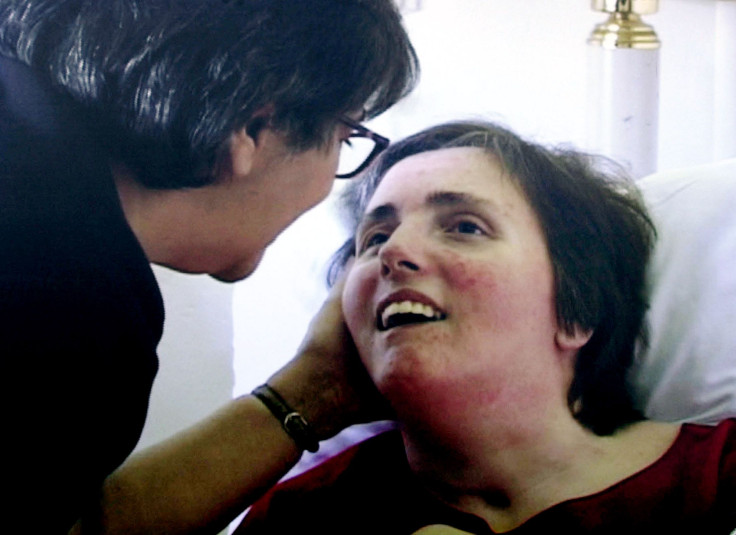New Tool May Be Able to Measure How Aware Comatose Patients Are

If you were living in the United States in 2005 and were remotely aware of the goings-on of the world, you knew about Terri Schiavo. Terri Schiavo's case was a long, drawn out legal battle from 1998 and 2005, pitting Schiavo's parents against her husband and drawing in the United States Congress and the President, George W. Bush.
In 1990, Schiavo collapsed due to a mysterious cardiac arrest that left her severely brain damaged and comatose for two months. Afterwards, doctors downgraded her to persistently vegetative. Her husband, who wanted to remove the feeding tube, was locked in a legal battle with her parents, who said that she was still conscious. Finally, in 2005, her husband won her fight to remove her feeding tube, and Schiavo passed away, though her family has continued their fight in her legacy.
Researchers are attempting to devise a method that would avoid a fiasco like the Schiavo case occurring to anyone in the future, by establishing a tool that would quantify consciousness. According to Nature, vegetative patients do not appear to respond to their surroundings, only reflexively moving. Minimally conscious patients can make purposeful movements and may feel pain. And patients with "locked-in syndrome", who are fully conscious, are unable to move or speak.
The difference between vegetative and minimally conscious patients may seem inconsequential, but there is a legal difference. Last year, a court in the United Kingdom ruled against a family trying to disconnect their daughter's feeding tube because she had recently been upgraded from comatose to minimally conscious. The difference is also a difficult one for physicians to discern.
So, recently, a team of researchers from Belgium and the United States tried to develop a tool that would help doctors recognize the difference. The researchers measured neural responses to a brief electromagnetic wave in 32 healthy people, 6 vegetative patients, 12 minimally conscious patients, and 2 patients with locked-in syndrome.
In the healthy, awake people, the neurons responded with complex electrical activity bouncing around the brain. Activity in the patients with locked-in syndrome was similar to healthy awake participants.
In healthy subjects who were sleeping or anaesthetized, the neural activity was shorter and simpler, closer to where the wave had hit the brain. The vegetative patients' brains responded like sleeping or anesthetized healthy brains, and minimally conscious brains responded in a slightly more complex manner than vegetative ones.
Melanie Boly, a postdoctoral fellow at the Belgian National Fund for Research and one of the co-authors of the study, admits that the test would not replace clinical tests. But, she said, "this is the first time we really have a measure that works at a single-subject level."
The study will not make it any easier for loved ones of people who are in vegetative or minimally conscious states, especially since a 2010 study revealed that brain scans can read the minds of vegetative patients. But the research may make it easier to determine the brain complexity of vegetative patients on a case-by-case basis. Patients with exceedingly and persistently low brain activity will likely be relabeled as deceased.
Published by Medicaldaily.com



























